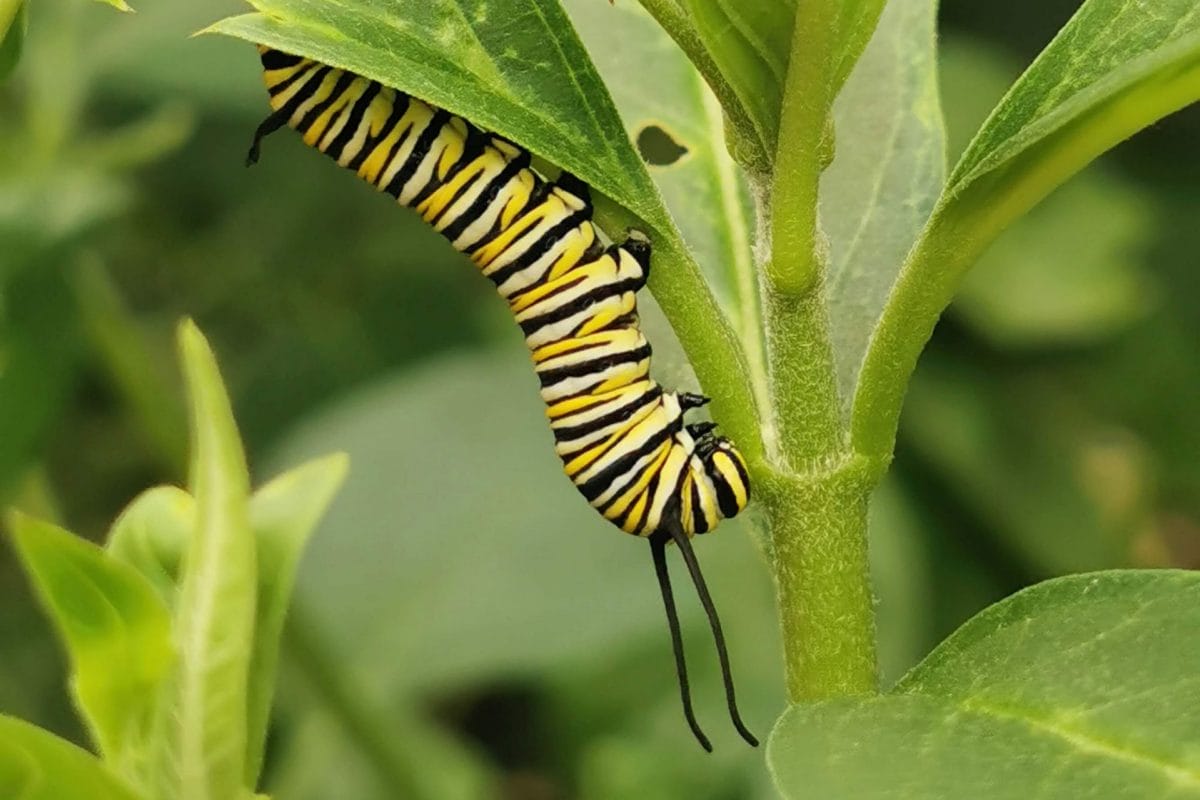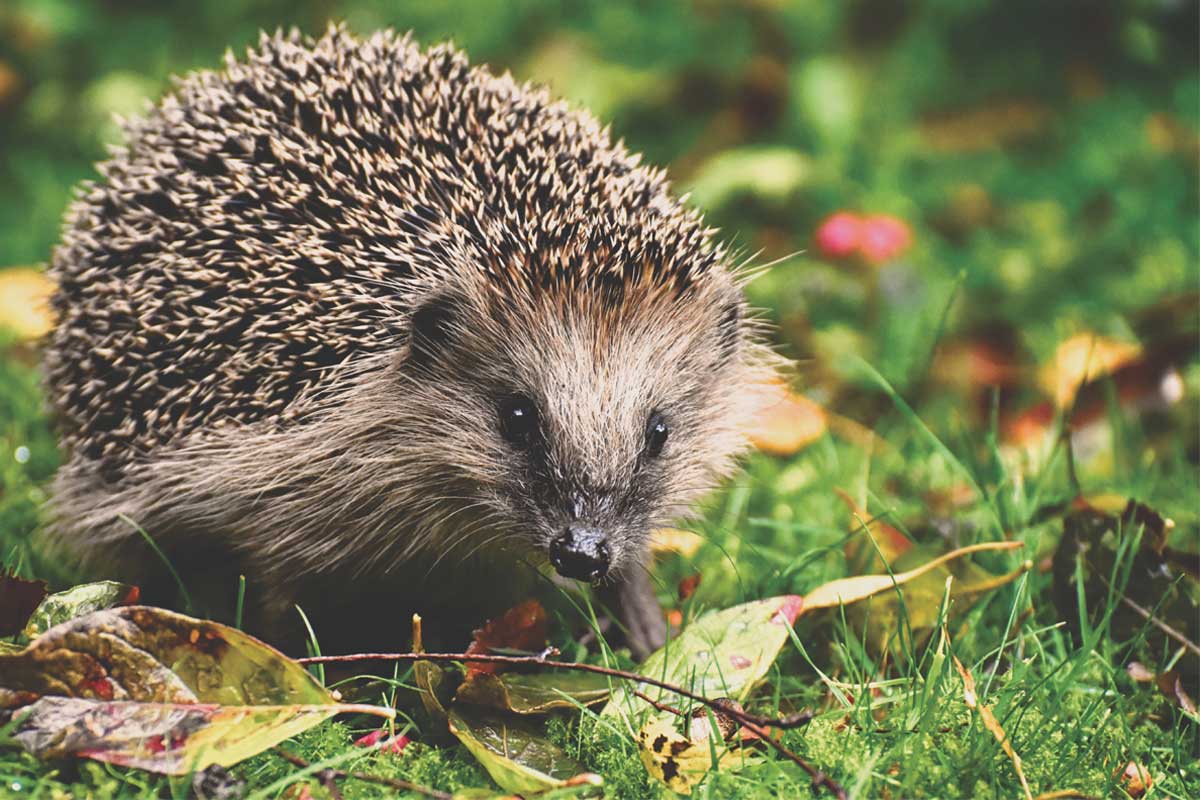It’s the time of year when we hear a lot more about ‘tidying’ the garden or that terrible expression ‘putting the garden to bed for the winter’. That usually means cutting things down, clearing things away and leaving the garden bare and tidy.
At this time of year and throughout the autumn, there is still a huge amount of activity in a wildlife garden, even if it is not as obvious to us, and excessive tidiness can be a real problem for a wide range of wildlife. Currently and over the next few weeks, a lot of wildlife will be looking for places to spend the winter.
Caterpillars will pupate in the soil or on fences or on the stems of plants.

Insects will creep into dead flower heads and into the stems of large perennial plants to seek shelter.
Here are some really simple things you can do to help the wildlife in your garden as the weather starts to get colder and we move further into autumn.
Leave the borders
Leave ornamental borders uncut for as long as you can bear. Many bugs shelter among old plant stems and seed heads, which will also help to feed the birds. There’s no real need to cut back until early spring, when new growth begins to push through. If you crave tidiness, you can always leave just one area uncut, or bind them together with string.
Don’t rake the leaves
As leaves start to fall, a lot of wildlife will bury itself into the piles of leaves – they’re warm and well-insulated! Rake the leaves up from paths and paving where it might make the floor slippery, but wherever else you can, just let them be. They will naturally breakdown eventually.
A few leaf piles in out of the way places like under hedges are a really valuable spot for wildlife like insects, frogs or hedgehogs over the winter. Mammals like hedgehogs will collect leaves to make their winter nests. You could even help by creating a hedgehog house.

Re-using garden waste
Leaves left on your lawn will soon be taken down into the ground by worms. But if you do want to rake them up, you could make leaf mould with them. The same goes for log piles and the base of open-sided compost heaps – decaying wood is a vital part of an ecosystem.
Read our beginner’s guide to compost.
Feed the birds
Birds will eat the seeds from flowers, so don’t dead head them all. For example Rudbeckia seeds are loved by goldfinches and tits. Or you can take the seeds and place them in a birdfeeder.
A lot of wildlife will remain active in gardens until the weather gets really cold. So think carefully about any tidying work and the clearing away of dead material in autumn and winter.
Just as we think about how to help wildlife in our garden in the warmer months, we can think about it in the colder months too. Maintenance work in the garden can be done slowly, in stages, and with the needs of our wildlife always in mind.
The wildlife in our gardens doesn’t go away in autumn and winter, it just becomes less obvious.
Find more tips like this and share photos of your autumn garden as part of the Environment Champions Club.


